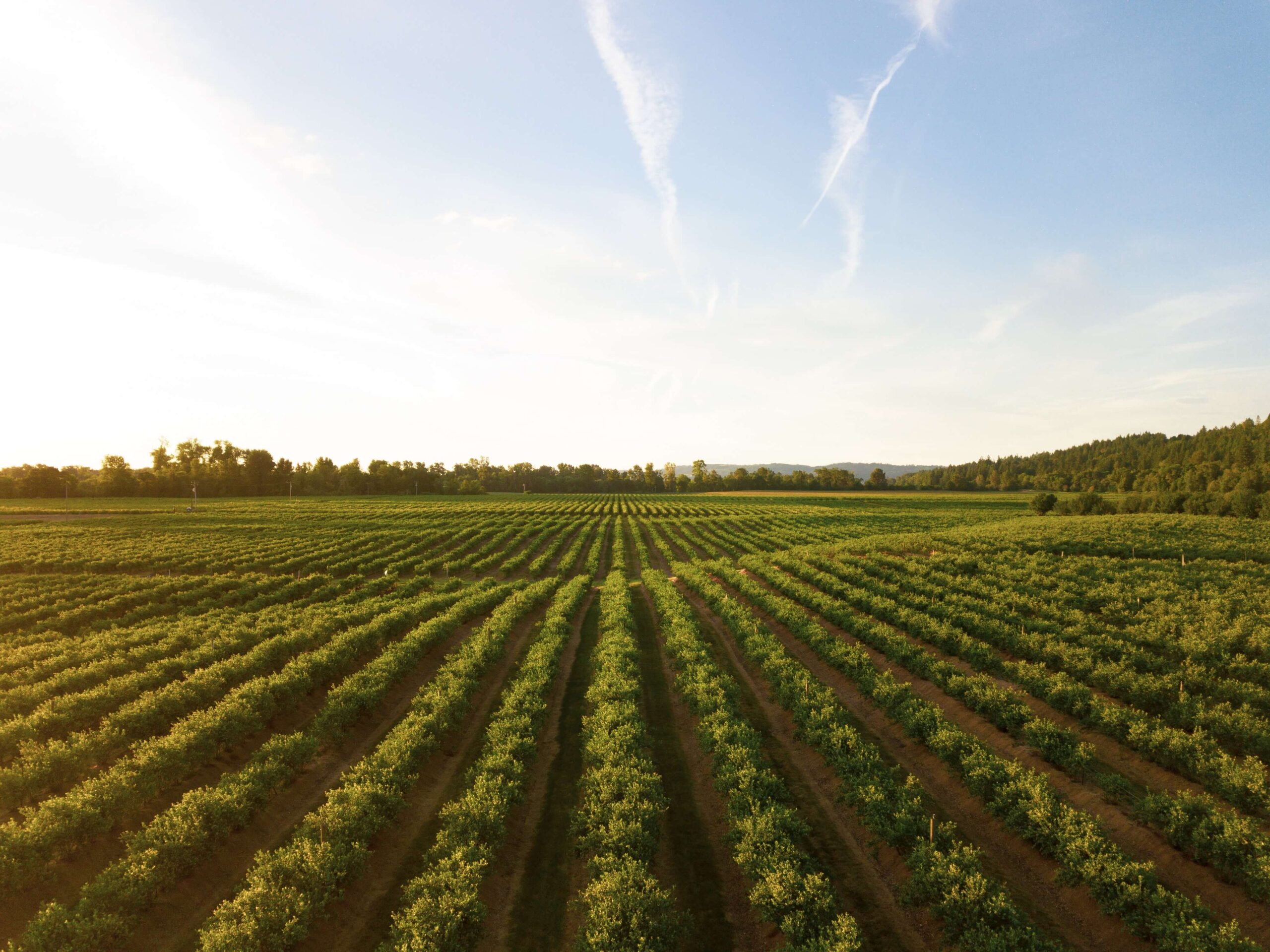
As a farmer, you have enough to worry about without losing sleep over your operating loan.
With a new growing season just around the corner, the easiest option is probably to go with your existing loan provider. However, with so many financing tools in the market, there’s no better time to try and save money or lighten your collateral. New online applications can mean getting approved for financing in a matter of days, without ever leaving your home.
Shopping around for an operating loan can help you save money, loosen collateral, and save time.
Why You Should Shop Around For Your Operating Loan
Here’s How Much The Savings Can Add Up
Let’s say you want to get a fixed term operating loan of $250,000. You head out to your local bank and they offer you a loan with 5% interest, a start date of March 1st, and a repayment date of December 1st (i.e. a single repayment of the full loan plus interest in December).
Still with us? Let’s break it down with some quick math.
For this loan, you’ll end up paying around $9,375 in interest (with monthly compounding interest). Overall, the repayment in December would cost you approximately $259,375.
If you took out the same sized operating loan with an interest rate of 3.5%, the interest charge would only be $6,562.50, with the overall repayment at $256,562. You would save yourself around $3,000, just by taking the time to shop around for your interest rate.
That amount can add up over the years. If this $250,000 loan were for 10 years, rather than 9 months, reducing your rate from 5% to 3.5% would save you more than $114,000 in interest payments. Those savings could make a huge difference in your ability to expand your operations with more land, or save to purchase new equipment.
Taking a couple of minutes (and it really can be just a couple of minutes) to shop for loans could end up being a game-changer for your farming operation over the long-term.
What Else You Need To Know About Operating Loans
Here are some other factors you should consider when evaluating your financing options:
Is your lender focused on agri-lending?
Farming is a volatile business. Bad weather and commodity prices are unpredictable, and can lead to financially tough years. Lenders who are experienced in the agriculture industry understand these challenges and know that not every year will be a bumper year. If you’re going to borrow money from someone, make sure they understand the nature of your business!
What does ‘collateral’ or ‘security’ mean for my operating loan?
Collateral and security are often used interchangeably. Technically, collateral is what is used by a borrower to secure a loan. For instance, you might pledge a farm as collateral to secure your operating loan. Not all loans require collateral – it depends on the type of loan, the lender, and your creditworthiness (among other things).
Collateral can consist of a number of different assets. For instance: land, building, equipment, and livestock can all consist of collateral. What you can use as collateral will depend on your lender and the type of loan that you’re taking out. Typically, you will not be able to use the same collateral for multiple loans, although this will depend on the terms of your loans.
The purpose of collateral is to provide the lender with an alternative source of repayment if you’re unable to make your loan payments. For instance, if you default on your loan, the lender may be able to seize your collateral and sell it in order to receive the payment they are owed and lowering their risk. For this reason, collateralized (or securitized) loans will often have lower interest rates. However, for the borrower, collateralized loans introduce the risk of having your collateral seized if you start missing payments.
Why are some interest rates higher than others?
Your interest rate will depend on many factors, including the type of loan, size of loan, whether it is collateralized, the lender, and your credit history. As explained above, collateralized loans will typically have lower interest rates than uncollateralized loans. Short-term loans also tend to have lower interest rates than long-term loans (all else equal), although this can vary by lender.
The best way to make sure you’re getting a fair interest rate is to compare your rates across different lenders. It is usually free to see what rate you are offered by a lender, and while it may have a small impact on your credit score, it can be worth it if you are approved at a lower rate.
Keep fees in mind
Don’t forget about origination fees! This is usually a small percentage (often 0.5% – 1.0%) of your total loan value charged by the bank in addition to your interest, as compensation for processing your application. Remember to keep this in mind when you’re considering an operating loan and for future payments.
How Can AFF Help?
Did you know we are now offering farm lease operating loans through American Farm Finance with an agricultural-focused loan partner? Here is a snapshot of how we’re trying to take the pain out of your financing experience.
- All-digital application (no printing or scanning)
- Collateral generally not required
- Rates as low as 2.99%
Make sure you’re getting the right rate for the right operating loan, and put in an application to American Farm Finance. Apply online today and you should get a result within 1-2 business days.


